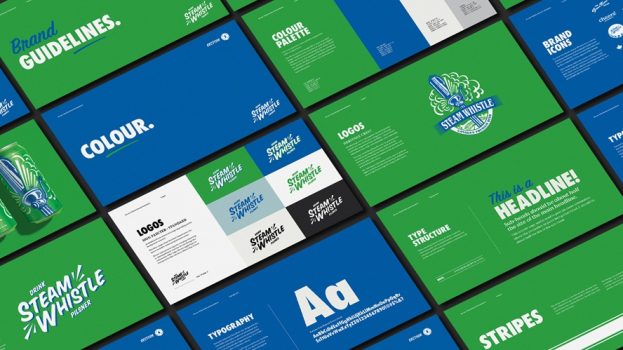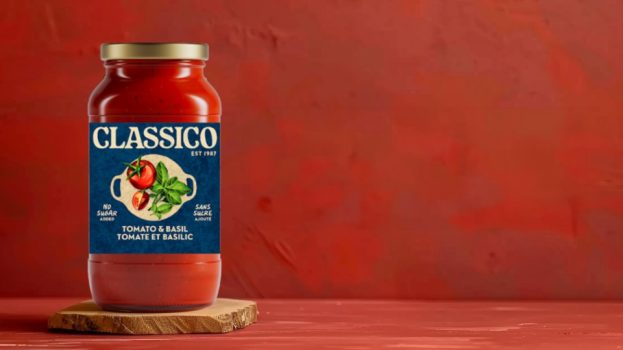After months of consumer focus groups and shop-along research, as well as internal testing with employees and feedback from retailers, Platinum Naturals has revamped its logo and packaging for 48 varieties of vitamins and supplements. The new packaging will begin to roll out in January next year inside natural health food stores throughout the GTA.
Discussions around redesigning the packaging began two years ago, when Platinum Naturals hired director of marketing Doug Carey to help develop a coherent strategic marketing plan for the company. After a year of building his department with brand managers and allocating a budget for the redesign, the former Baxter health care marketer hired agency Bob’s Your Uncle to begin consumer and retailer research.
Product packaging was inconsistent prior to the rebrand, as the company developed labeling for each SKU as they came out of production, says Deborah Arbus, VP of strategy at Bob’s Your Uncle. But now the design ties all of its products together under a single brand identity, with colour droplets communicating how natural oils are used to increase absorbency and a black backdrop reflecting Platinum’s positioning as a premium brand, she adds.
Consumers in the research group didn’t quite understand the science behind the Omega Suspension Technology (natural oil absorption) system that Platinum uses, and viewed it as being “too pharmaceutical,” says Carey. “So we wanted to convey that in our logo. We have three drops that represent different aspects of what we do and stand for – integrity, purity and efficacy.”
“There are so many different visuals in this area, you often see green and leafy [designs], but we realized the real differentiator is the oil and the [colour] drops became the obvious indication for that,” Arbus says. “[And] while black speaks to luxury, there’s not a lot of it in the category. We saw this as an opportunity to communicate luxury in a very easy way.”
Being able to communicate the company’s messaging and positioning in a more concise way for not only the consumer, but the retailer also drove the design, Carey says. “The decisions are usually made on behalf of the consumer. Most shoppers that go into a natural health food store don’t know exactly what they’re looking for. So it’s the influence of the retailer that drives them to a specific product,” he says.
“It’s a very simple three-pronged story that’s much easier to communicate to the retailer, and for them to communicate to staff and then to the consumer,” adds Arbus. “This has made it an easier and more concise story to tell.”




























